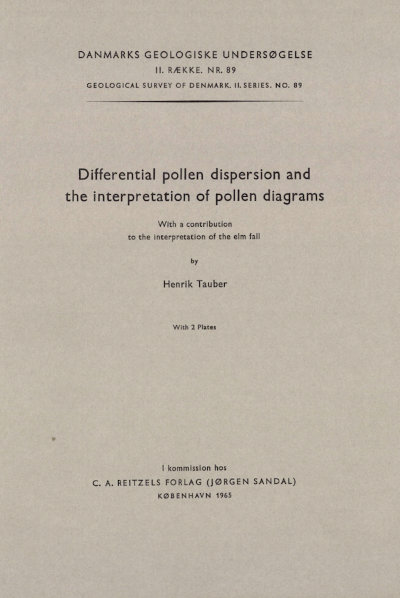Differential pollen dispersion and the interpretation of pollen diagrams. With a contribution to the interpretation of the elm fall
DOI:
https://doi.org/10.34194/raekke2.v89.6880Abstract
Pollen grains are liberated into the air in vast quantities. They are carried by air movements to the stigmas of the flowers, or eventually deposited on the ground and on lake surfaces. This transfer is a complex physical process, which can only be understood from a detailed knowledge of how and when pollen grains are released into the air, how they are transported by air currents in and above forests and over lakes and bogs, and how they finally settle out of the air and become incorporated in various deposits. Being dependent on transfer by air currents, the degree of dispersion will vary considerably with the size of the pollen grains, with the time of the year in which they are emitted, and with the physical structure of the vegetation. Pollen records preserved in lake and bog deposits must therefore be expected to give a more complex reflection of the vegetation around basins than is usually assumed in pollen analysis.
Downloads
Published
Issue
Section
License
This article is distributed under a CC-BY 4.0 licence, permitting free redistribution and reproduction for any purpose, even commercial, provided proper citation of the original work. Author(s) retain copyright over the article contents.


